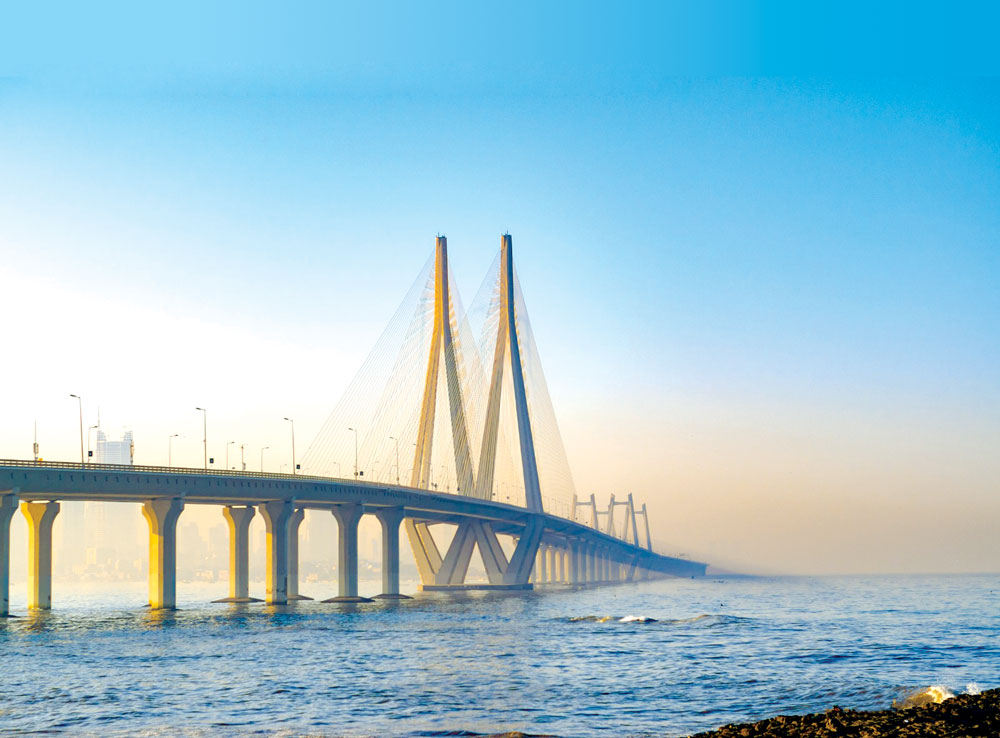Securing a robust and sustainable future for the Indian mining industry
As we move towards becoming a US$10 trillion economy, the metals and mining sector plays an important role in the economic development of India, making it a crucial sector for India's growth story, both in global and domestic terms. India produces 95 different types of minerals, including minor, atomic, non-metallic, and metallic ones, and is

As we move towards becoming a US$10 trillion economy, the metals and mining sector plays an important role in the economic development of India, making it a crucial sector for India's growth story, both in global and domestic terms. India produces 95 different types of minerals, including minor, atomic, non-metallic, and metallic ones, and is one of the world's top producers of valuable minerals like iron ore, chromite, coal, and bauxite.
Mere production may not be enough. The country's exploration of the metals and mining industries to their full potential is fundamental to the Prime Minister's goal of 'Aatmanirbhar' Bharat. It is well known that as a major contributor to the GDP, the nation's abundant natural deposits have to be exploited sustainably, not only to promote domestic production but to turn into a global leader.
Let us take Zinc, for instance. Among metals, it has played a significant role throughout human history, shaping civilizations and industries alike. Its importance has evolved over time, particularly with the advent of technological innovations. The industrial revolution marked a turning point for the evolution of zinc and its versatility plays a vital role today in various sectors such as agriculture, electronics, infrastructure, health, and nutrition.
Talking of the infrastructure sector, the development of galvanization techniques, which use zinc to protect iron and steel from corrosion, was a revolution. This promoted the growth of railway networks as well as the construction of modern bridges and buildings. The demand for galvanized steel will be further triggered by the growth in infrastructure development, including highways, high-speed rail projects, and the automobile sector.
The steel used for the coaches of the Vande Bharat trains has been fortified with zinc. The high-speed rail corridor between Mumbai and Ahmedabad will also see the use of a lot of zinc. Crash barriers for highways are also witnessing the use of a lot of zinc.
All of this gives a clear picture of why zinc is the fourth most widely used metal in the world and is a valuable commodity. It will also be used in electric vehicle batteries shortly, increasing the demand further. Among its many advantages, zinc's anticorrosive properties can bond well with other metals and can conduct electricity. Zinc is 100 percent recyclable, and 60 percent of all zinc produced is still in use today, supporting a sustainable future. Zinc holds numerous other industrial, commercial, and biological applications in modern society.
The transition towards a cleaner and greener future is also crucial as industrial production grows. Zinc, in its many applications, provides a less expensive, safer alternative, guaranteeing its rise in value. No wonder, this decade is expected to see an exponential increase in the use of zinc in the battery industry, with yearly demand expected to increase from 600 tons to 77,500 tons in 2030.
The government expects steel production to double from 150 million tons to 300 million tons by 2030. Typically, 75 million tons of this would be flat steel. That is the equivalent quantity of galvanization. This will result in a growth of 3-5% in zinc consumption. The global demand for zinc is growing at a rate of around 2%. India is the only country where there is a chance of the demand for zinc growing at a rate of 3-5%. The per capita consumption of zinc in India is around 0.3 tons.
Critical sectors such as infrastructure, manufacturing, construction, and agriculture will spearhead India's massive economic growth and zinc will fuel this reform significantly. Many may doubt the extent of impact the fourth most used metal in the world will actually have. Decades of economic trends recorded can substantiate the future potential of zinc though and create a solid case for the humble metal.
Adding to this, the government's policies on attaining net zero, focus on green growth strategies, and lookout for sustainable materials will be the key enablers for a spike in India's zinc demand. The government has started patronizing indigenous production of zinc. This can contribute to fostering a resilient economy and play a meaningful role in India's journey towards a modern, sustainable superpower.
The path towards a ten trillion-dollar economy is also poised to be a path of transition to a more sustainable future, in which zinc will play the role of a torchbearer. Zinc is also an enabler of a circular economy as it can be recycled and can very easily be returned to nature if used in the agricultural sector. With the possibility to recover, restore and reuse, its contribution to the circular economy can take us closer to the achievement of UN SDGs. Among the top zinc producers in the world after China, Peru, Australia, and the USA, India is in the 5th position which is remarkable for a developing nation.
Hindustan Zinc, the 2nd largest integrated zinc, lead, and silver producer in the world
and the only integrated zinc producer in India, has been at the helm of nation building and infrastructure development. Given the
abundance of zinc in India, the metal is well-positioned for further promoting India's self-reliance journey related to metal consumption and thus Hindustan Zinc Limited (HZL), a subsidiary of Vedanta Limited plays a significant role in the growing zinc market of India. Having started with a mere 40Kt of production, the company has come a long way today, reaching 1.2 million tons to face the demands of a growing economy like India. With a reserve base for the next 25+ years, Hindustan Zinc Limited is all set to sustainably suffice the zinc demands of India and the world.
Hits: 13







